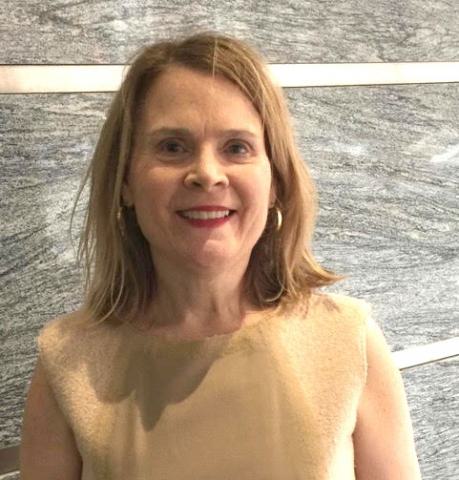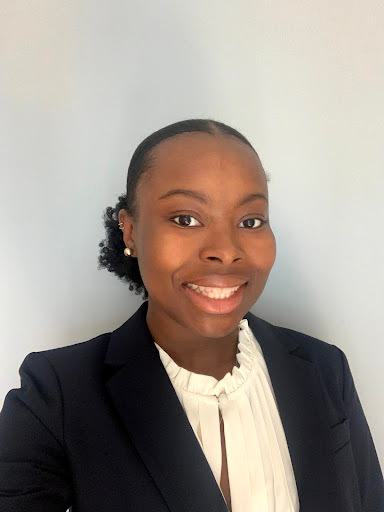Terp Tip: Sharpening that investment pitch with Terp alumna Lisa Dorsey
Terp Tip: Sharpening that investment pitch with Terp alumna Lisa Dorsey

Build interest quickly.
As an equity analyst covering enterprise software companies for Smith Barney and later as a top salesperson at Brown Brothers Harriman, Dorsey understood the value of time for CEOs, CFOs, portfolio managers or other pivotal decision-makers. Her skill was to get to the heart of the investment thesis quickly. Then it’s on to the numbers: market validation and market size, followed by product details.
Today, Dorsey teaches technology and healthcare influencers how to speak this language of investors. In addition to explaining what is the problem and why they are part of the solution, they must show proof of concept and formulate financial models while highlighting any milestones or goals already achieved. In your pitch deck, she suggests, too, include a photo.
“They have to articulate what the business focus is — and within the context of where they’re at — what it is about the model that is attractive and scale-able,” she said. “What’s the sizzle?”
Use rejection.
According to Forbes, even a successful start-up may take at least 12 months to raise its first round of capital. That likely plenty of “nos” before a few critical “yeses.” Each pitch deck presentation is an opportunity to learn even if it doesn’t net any funding.
“Learn how to take from your meetings,” Dorsey said. “Surely they said something that can help you grow.”
That could be a specific criticism of the deck itself (too long, too short, not enough financial information) or a suggestion on how to build a stronger management team. Whatever it is, use it to better understand what’s important for investors.
Commit to the slow burn.
A rejection shouldn’t mean cutting off communication. Though a specific company might not fit into a given investor’s portfolio, he or she may not see it as a poor investment.
Incorporate that investor into your network with an intentional, even scheduled, approach. Dorsey suggests following venture capitalists or other investor representatives on social media and reaching out via conference call or in person three times a year — particularly if the company hits a new milestone.
“You just never know when someone will become more interested,” said Dorsey, who stoked networking relationships with some potential portfolio managers for as long as one year before even securing the first meeting. “Or they could meet someone else and pass that opportunity on to them.”
###
The Alumni Blog connects you with the latest at UMD. Check out articles on advancing your personal and professional goals, elevating your UMD pride, and celebrating Terp traditions, legacies and accomplishments. For even more content, follow the Alumni Association on Facebook, Instagram and Twitter.

Bridging Generations: UMD's enTERPreneur Mentorship Program

Hope, Renewal and Transformation - The Robert Kelly Story

Mentor Monday - Cathy Richards '88

